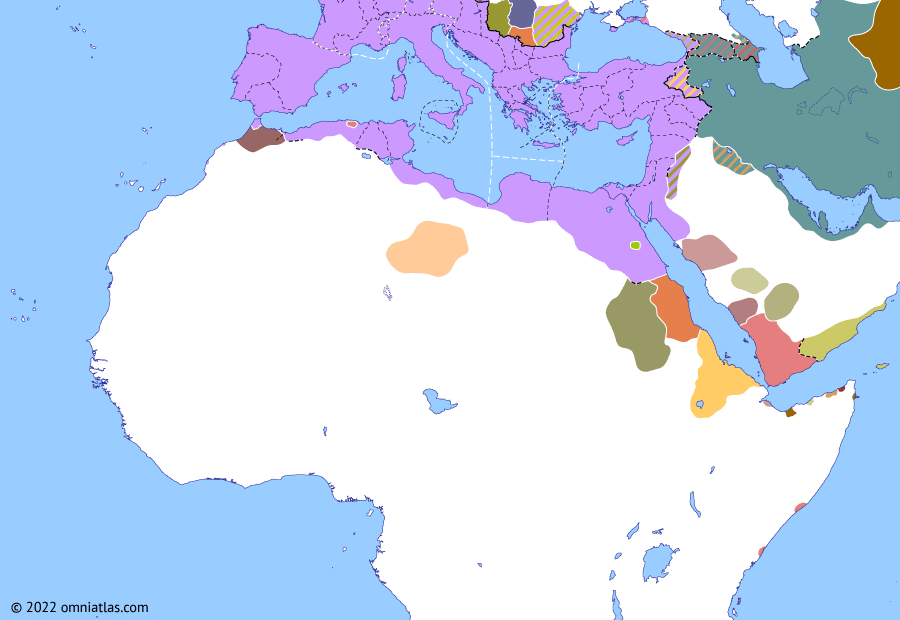Northern Africa 294: Busiris–Coptos Revolt
early 294
early 294
Busiris–Coptos Revolt
Deciding that one emperor was insufficient to meet all the threats facing Rome, Diocletian appointed his deputy Maximian as Augustus (co-emperor) in 286 and then Constantius and Galerius as Caesars (junior emperors) seven years later. Galerius served directly under Diocletian, who sent him to deal with the revolt of the cities of Busiris and Coptos in Upper Egypt in c. 293–4.
